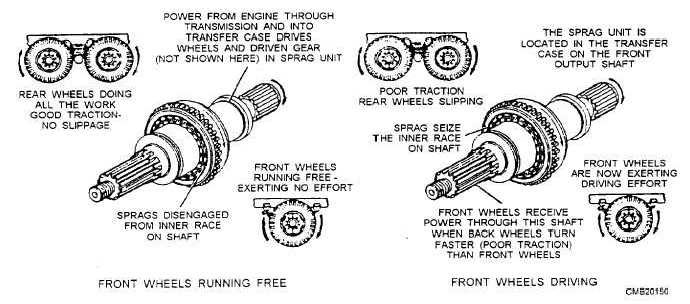
Figure 5-32. - Positive traction transfer case operation.
from the vehicle. Check for such things as oil level, oil leakage, and water in the oil.
Make sure the shift lever linkages are not bent or improperly, lubricated. This will make it hard to shift or, in some cases, impossible to shift. Make sure other possible troubles, such as clutch slippage, damaged drive shaft, and damaged axles, have been eliminated.
Worn or broken gears, worn bearings, and excessive end play in the shafts can cause noisy operation. When transfer case service is required, follow the procedures outlined in the service manual. It will give directions for repairing the particular make and model.
REVIEW 4 QUESTION
Q1. What is the gear ratio when a conventional transfer case is in high range?
Q2. What component in a positive traction transfer case provides power to the front wheels when the rear wheel begins to slip?
POWER TAKEOFFS
Learning Objective: Explain the operation of a power takeoff unit.
A power takeoff (PTO) is an attachment for connecting the engine to power-driven auxiliary equipment. It is attached to the transmission, auxiliary transmission. or transfer case. A power takeoff installed at the left side of a transmission is shown in figure 5-33. It is used to drive a winch at the front of a truck through a universal joint and drive shaft.
The simplest type of power takeoff is the single-speed, single-gear shown in figure 5-34. This unit may be bolted to an opening provided in the side of a transmission, as shown in figure 5-35.
Shims or spacers are often used to ensure proper contact is maintained between the teeth of the two meshing units. The sliding gear of the PTO can then mesh with, and be driven by, the countershaft gear of the transmission or the auxiliary transmission when engaged by the operator. The operator, by the use of a control lever, can move the gear in and out of mesh with the transmission gear. A spring-loaded ball (poppet) holds the shifter shaft in position.
On some vehicles you will find PTOs with gear arrangements that give you two speeds forward and one in reverse. Several forward speeds and a reverse gear are usually provided in a PTO unit used to operate a winch or hoist. Operation of this type of PTO is similar to that of the single-speed unit.
Faulty operation of a PTO is caused by damaged or broken linkage. To prevent this, exercise care when shifting. Trying to engage the unit with the transmission gears turning can damage the teeth, and rapid clutch engagement can break the housing. Rapid shifting may bend or damage the linkage. Forcing the control lever can bend or break the linkage. 5-32
Continue Reading